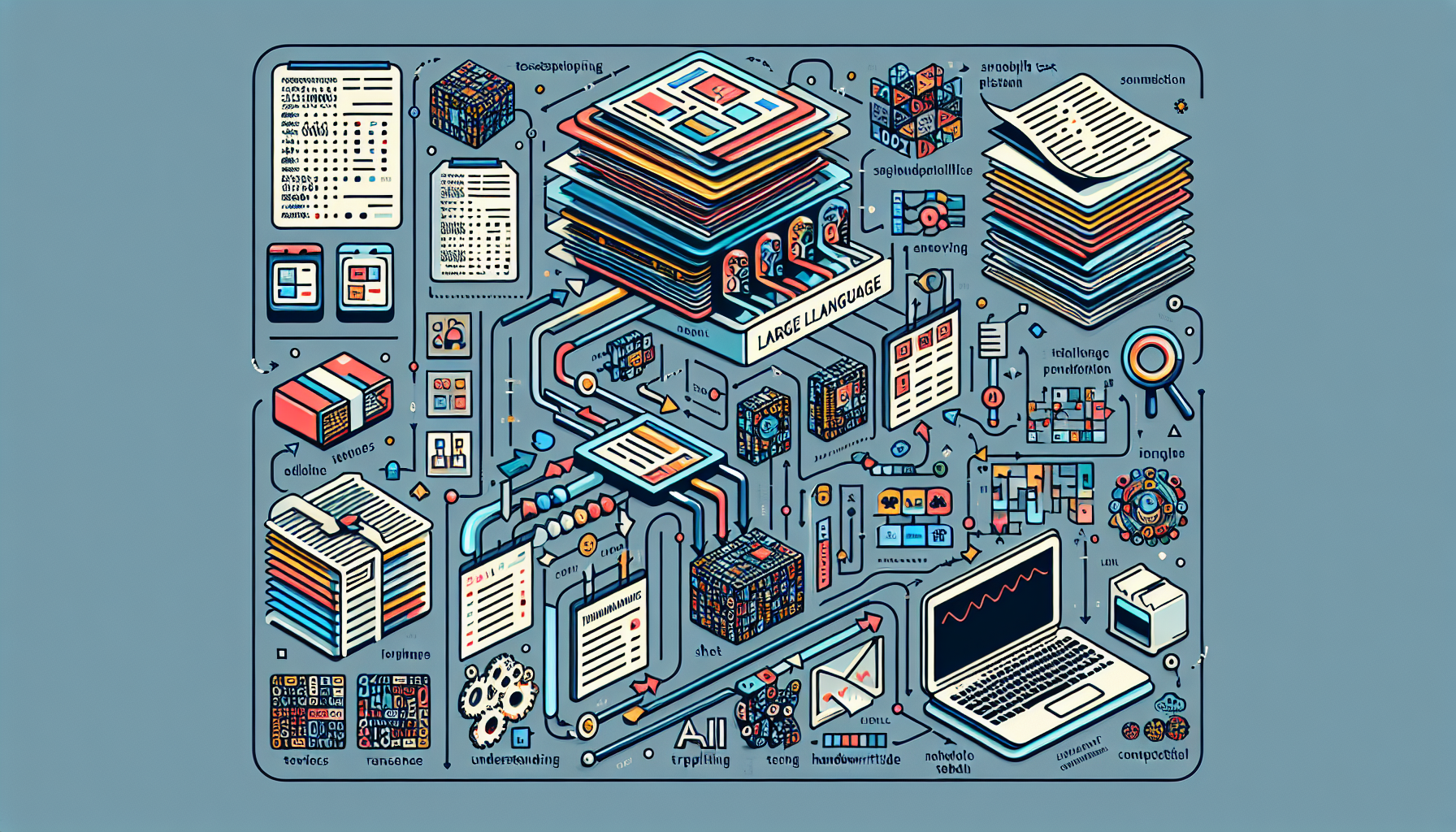
The Power of Large Language Models in Document Processing
The rapid advancements in artificial intelligence (AI) have ushered in a new era of document processing, with large language models (LLMs) leading the charge. Unlike traditional Optical Character Recognition (OCR) systems, which have long been the go-to for digitizing text, LLMs bring a revolutionary edge: context-aware understanding. This capability allows AI to not only extract text but also comprehend its meaning, making it far superior to OCR in handling complex documents. As of 06 January 2025, the integration of LLMs with documents has transformed industries, particularly in financial workflows, auditing, and compliance automation.
LLMs vs OCR: A Paradigm Shift in Document Processing
OCR technology has been a cornerstone of document digitization for decades, enabling businesses to convert scanned images or PDFs into editable text. However, OCR has its limitations. It lacks the ability to understand context, making it prone to errors when dealing with unstructured data, handwritten notes, or documents with varying formats. This is where large language models shine.
LLMs, powered by advanced AI algorithms, can interpret the context of the text, identify relationships between data points, and even recognize nuances in language. For instance, while OCR might struggle with a handwritten invoice or a scanned PDF with mixed fonts, LLMs can accurately extract and organize the data into structured formats like Excel or Google Sheets. This capability is particularly valuable for industries like finance, where precision and speed are critical.
The Power of Document AI in Financial Workflows
One of the most significant applications of LLMs is in financial document automation. Businesses often deal with thousands of invoices, receipts, and financial statements, each requiring meticulous analysis. Manually processing these documents is time-consuming and error-prone. With AI-powered document processing, organizations can automate tasks like invoice extraction, expense management, and compliance validation.
For example, consider a company that needs to analyze thousands of invoices for auditing purposes. Using LLMs, the AI can extract key details such as invoice numbers, dates, amounts, and vendor information, and compile them into a spreadsheet for further analysis. This not only saves time but also ensures accuracy, as the AI can cross-check data for discrepancies.
Handwritten and Scanned Documents: No Longer a Challenge
One of the most impressive feats of modern document AI is its ability to process handwritten notes and scanned documents. Traditional OCR systems often falter when faced with handwritten text, as the variability in handwriting styles makes it difficult to decode. However, LLMs, with their advanced pattern recognition and contextual understanding, can accurately interpret handwritten content.
This capability is a game-changer for industries like healthcare, legal, and education, where handwritten notes are still prevalent. For instance, a hospital can use AI to digitize patient records written by doctors, ensuring that critical information is easily accessible and searchable. Similarly, educational institutions can digitize handwritten exam papers, making grading and analysis more efficient.
Diversified Applications: Beyond Financial Documents
The versatility of LLMs extends beyond financial workflows. These models can handle diversified document formats, from contracts and legal agreements to research papers and reports. This flexibility makes them invaluable for tasks like auditing, compliance automation, and stock audits.
For example, in the legal domain, LLMs can analyze contracts to identify key clauses, ensuring compliance with regulations. The possibilities are endless, as the technology continues to evolve.
The Future of Document AI: Rapid Progress and Unprecedented Accuracy
The field of document AI is advancing at an astonishing pace. Every three to six months, new breakthroughs are being made, pushing the boundaries of what AI can achieve. Currently, the accuracy of LLMs in document processing is around 85%, but it is steadily moving towards the 100% mark. This level of precision is unprecedented and opens up new possibilities for automation across industries.
Moreover, the integration of AI into tools like Excel and Google Sheets is making data analysis more accessible. Businesses can now extract data from PDFs, scanned documents, or even voice recordings and seamlessly import it into spreadsheets for further analysis. This eliminates the need for manual data entry, reducing the risk of errors and saving valuable time.
Conclusion: Embracing the AI Revolution in Document Processing
The advent of large language models has revolutionized document processing, offering capabilities that far surpass traditional OCR systems. With their context-aware understanding, LLMs can handle a wide range of document formats, from handwritten notes to complex financial statements. This technology is not only improving accuracy but also enabling businesses to automate tedious tasks, streamline workflows, and enhance compliance.
As we move further into 2025, the potential applications of document AI will continue to expand, driven by rapid advancements in AI technology. Whether it's financial document automation, auditing with AI, or compliance validation, the future of document processing is here, and it is powered by AI. By embracing these innovations, businesses can unlock new levels of efficiency and accuracy, paving the way for a smarter, more automated future.